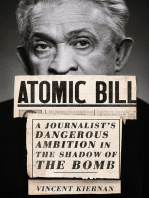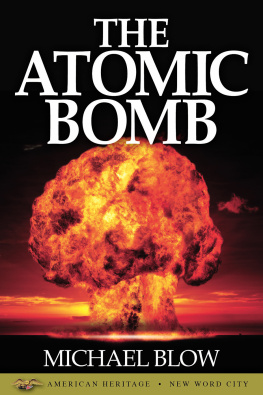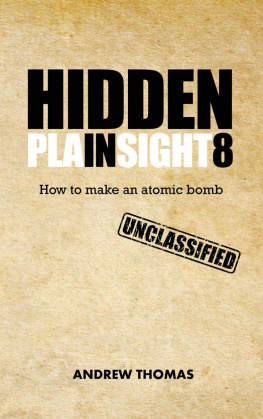
CONTENTS
|
|
|
| Chapter One |
|
| Chapter Two |
|
| Chapter Three |
|
| Chapter Four |
|
| Chapter Five |
|
| Chapter Six |
|
| Chapter Seven |
|
| Chapter Eight |
|
| Chapter Nine |
|
| Chapter Ten |
|
| Chapter Eleven |
|
| Chapter Twelve |
|
| Chapter Thirteen |
|
| Chapter Fourteen |
|
| Chapter Fifteen |
|
| Chapter Sixteen |
|
| Chapter Seventeen |
|
| Chapter Eighteen |
|
|
|
|
Copyright Tom Lewis
First published 2020
This book is copyright. Apart from any fair dealing for the purposes of private study, research, criticism or review as permitted under the Copyright Act, no part may be reproduced, stored in a retrieval system or transmitted in any form or by any means, electronic, mechanical, photocopying, recording or otherwise, without written permission.
All inquiries should be made to the publishers.
Big Sky Publishing Pty Ltd
PO Box 303, Newport, NSW 2106, Australia
Phone: 1300 364 611
Fax: (61 2) 9918 2396
Email:
Web: www.bigskypublishing.com.au
Cover design and typesetting: Think Productions
Printed in China by Jilin GIGO International



ACKNOWLEDGMENTS
My thanks to Dr Peter Williams, military historian, for his as-always perceptive insights. Simon Loveday in Japan, provided clear advice from a Western perspective but also from someone who took up residence in Tokyo several decades ago. I appreciated Jared Archibalds armour advice and Bob Alfords comments on aircraft. Ric Fallus fearless eye was most welcome indeed. Much appreciation to Dr Lloyd Browne. Clinton Bocks honest views were most appreciated. As always, Kaylenes comments have been gratefully received.
Notes:
The term Japs and the Jap and so on were in widespread use in World War II. They are considered offensive by many in todays world, but their presence in verbatim quotations was sometimes unavoidable.
Sections of this work, discussing modern battlefield behavior, have appeared in the same authors book Lethality in Combat. Thanks to Big Sky Publishing for their assent in reproducing them.


TOM LEWIS
Table of Contents
To Peter and Linda
MORE FROM BIG SKY PUBLSIHING
Available now online or at all good bookstores


Available now online or at all good bookstores


PREFACE
A nation that loses the vast majority of its population in a war, from teenagers to middle-aged adults, will never again arise from the ashes.
If the World War II Japanese male population, from 12 years upwards, had fought and died as intended in the defence of the Home Islands, this is precisely what would have happened.
If the Japanese females from 14 years upwards had died wielding single shot rifles and pikes in their countrys final defence, there would have been no one left to bring new lives into Japan.
Japans houses, temples, fortresses and gardens would have succumbed to ferocious artillery bombardments designed to ensure no protection was left for what remained of the countrys military forces, infantry and militias.
Japan would have been a smoking ruin, blasted to pieces by artillery and air strikes, and ground to rubble beneath the tracks of armoured vehicles as they rumbled through the ruins.
The atomic bombings prevented all that, and ended the war.
Within days Japanese soldiers were obeying the will of their Emperor and co-operating in harvesting the meagre economic resources left to ensure survival for all.
So didnt the atomic weapons bring about a great peace?
Since the initial grateful acknowledgement of the success of the A-bomb attacks in ending World War II, there has been a steady reversal of opinion and sentiment: from at first a hearty appreciation to a condemnation by many of the United States for its actions.
Atomic Salvation investigates the full situation of the times to a previously unplumbed depth. It examines documents from both Japanese and Allied sources, but it uses logical in-depth analysis to extend beyond the mere recounting of statistics. It charts the full extent of the possible casualties on both sides if a conventional assault akin to D-Day had gone ahead.
The content discussed is concerned solely with the military necessity to use the bombs, but it also investigates why that necessity has been increasingly challenged over the successive decades.
Controversially, the book shows that the Japanese nation would have lost many millions of their people - likely around 28 million - if the nation had been attacked in the manner by which German was defeated: by amphibious assault, artillery and air attacks preceding infantry insertion, and finally by subduing the last of the defenders of the enemy capital.
The work looks at the depth of the resolve of the Japanese Empire and the extent of their capabilities, including massive attacks by kamikaze forces. Atomic Salvation outlines and investigates the attempted coup that took place even after both atomic weapons had been used, which was still mounted by fanatical elements of the Japanese military committed to extending the war. It examines the attempts by Japan, said by some to be remarkably successful, to achieve their own atomic weapons.
From the other side, the book investigates the enormous political pressure placed on America as a result of their military situation. The book shows that the United States Truman Administration had little choice but to use the new weapon, given that the Allied forces would have undoubtedly suffered more than a million deaths through conventional assault.
Next page















